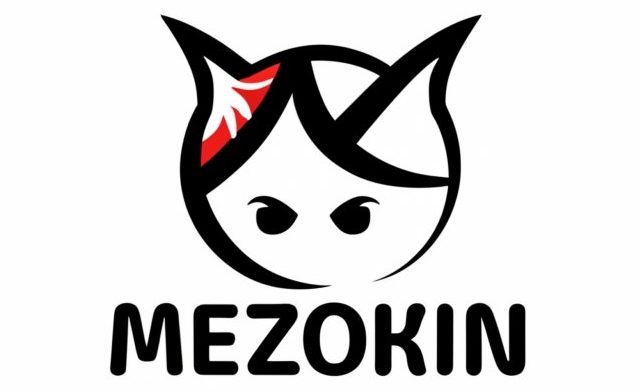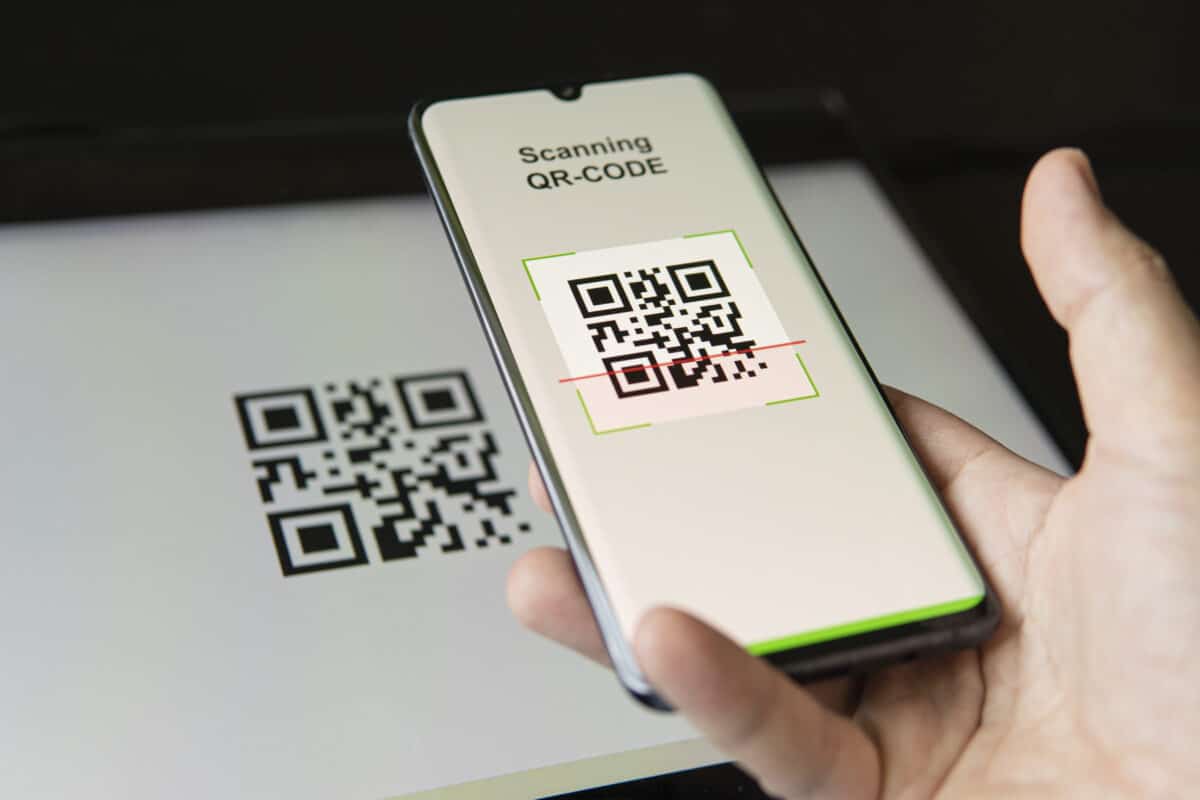In today’s rapidly evolving technological landscape, QR codes, or Quick Response codes, have become ubiquitous symbols, seamlessly bridging the physical and digital worlds. These two-dimensional barcodes, easily scanned by smartphones and other devices, have revolutionized various aspects of our lives, from marketing and retail to education and healthcare. Their transformative impact is a testament to their remarkable journey from a niche industrial tool to a global phenomenon.
Origins and Early Applications
The story of QR codes begins in the 1990s within the Japanese automotive industry. Denso Wave, a subsidiary of Toyota, sought to develop a barcode that could encode more data than traditional barcodes and could be read more quickly and accurately. This need arose from the increasing complexity of manufacturing processes and the need for efficient data capture and tracking of components.
In 1994, the first QR code specification was released, marking the birth of this revolutionary technology. Initially adopted by the automotive industry, QR codes soon found applications in other sectors, including retail, logistics, and healthcare. Their ability to encode a variety of information, including URLs, text messages, and even location coordinates, made them a versatile tool for data sharing and access.
Global Expansion and Ubiquitous Presence
The widespread adoption of QR codes can be attributed to several factors. Their ease of use, requiring only a smartphone or dedicated scanning device, made them accessible to a broad audience. Additionally, the open-source nature of QR code technology allowed for its free use and rapid adoption across various industries and countries.
By the early 2000s, QR codes had transcended their Japanese origins and begun to gain global recognition. Their use in marketing campaigns, such as the Absolut Vodka campaign in 2000, further popularized the technology and brought it into the mainstream consciousness.
Transformative Impact and Future Potential
QR codes have revolutionized the way we interact with information and engage with the world around us. They have become indispensable tools for businesses, organizations, and individuals alike.
In the marketing realm, QR codes have transformed the way brands connect with consumers. Embedded in advertisements, product packaging, and public spaces, QR codes provide instant access to product information, website links, interactive experiences, and personalized promotions. This seamless integration of digital information into the physical world has enhanced user experience, fostered deeper engagement, and driven conversions.
QR codes have also streamlined various processes, saving time, reducing costs, and enhancing efficiency. From contactless payments and ticketing to attendance tracking and feedback collection, QR codes have automated tasks, reduced paperwork, and provided valuable insights into user behavior. This data-driven approach has empowered businesses and organizations to make informed decisions, optimize operations, and improve customer satisfaction.
As QR code technology continues to evolve, we can anticipate even more groundbreaking applications that will further transform our lives. From personalized marketing campaigns to immersive educational experiences, QR codes hold the key to unlocking new frontiers of innovation and engagement.
Conclusion
QR codes have emerged from their industrial roots to become a global phenomenon, seamlessly bridging the physical and digital worlds. Their transformative impact is evident in various aspects of our lives, from marketing and retail to education and healthcare. As we embrace this versatile technology, we open ourselves to a world of possibilities, where information is seamlessly accessible, interactions are more engaging, and the boundaries between the physical and digital worlds blur. QR codes are not just a passing trend; they represent a paradigm shift in the way we interact with our world, unlocking a future where technology seamlessly integrates with our lives, empowering us to make informed decisions, engage with each other, and navigate our daily lives with greater ease and efficiency.




